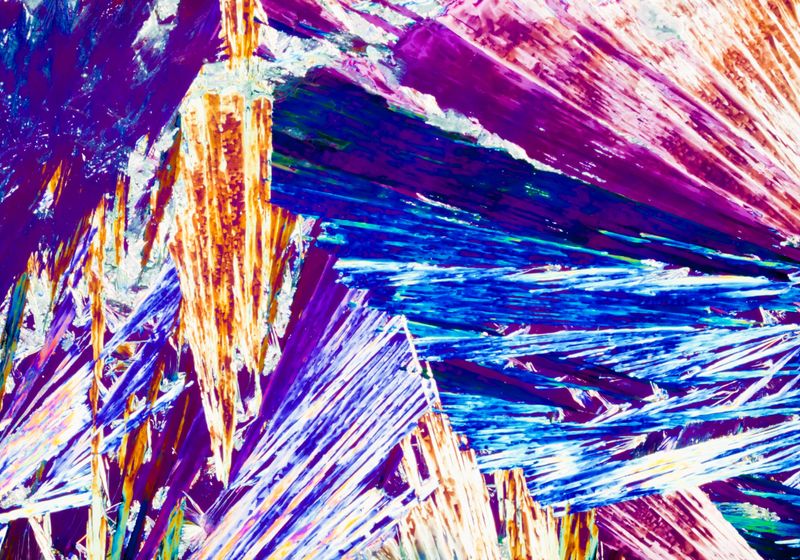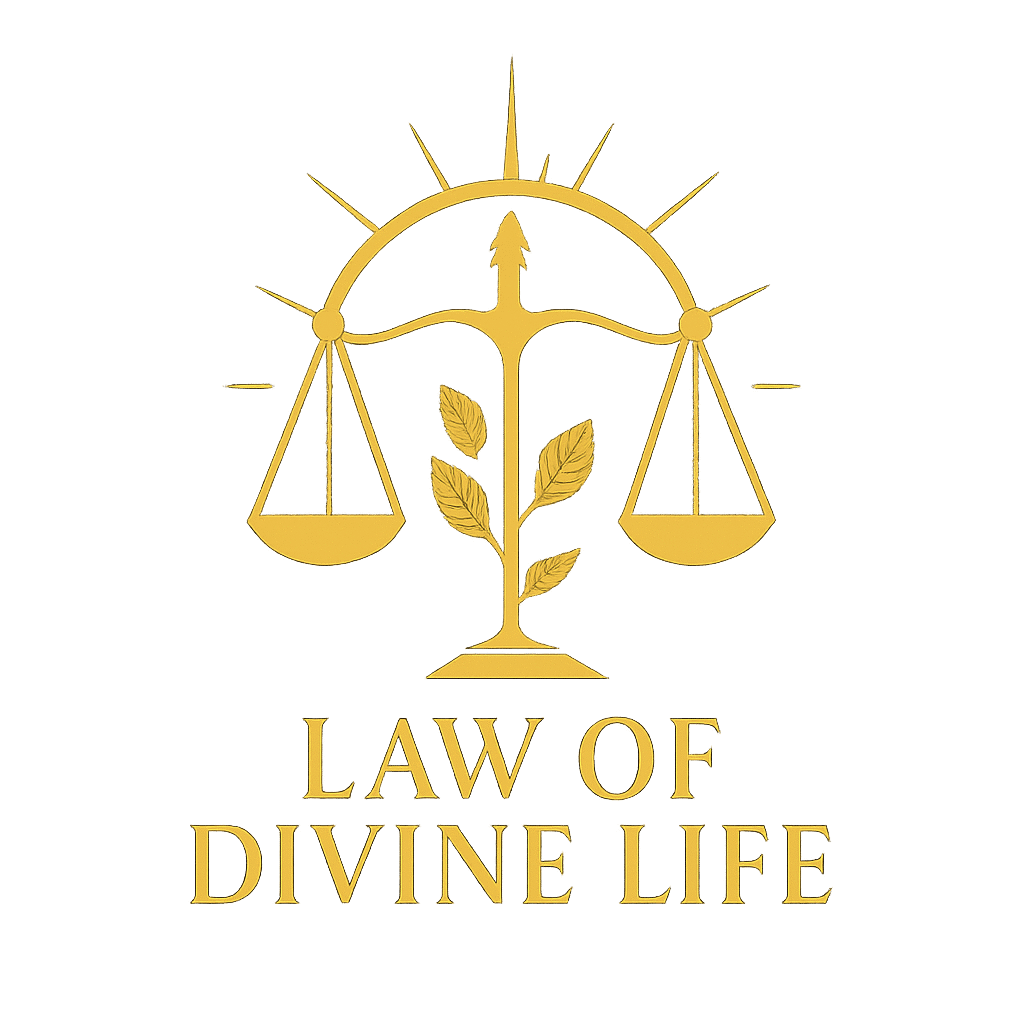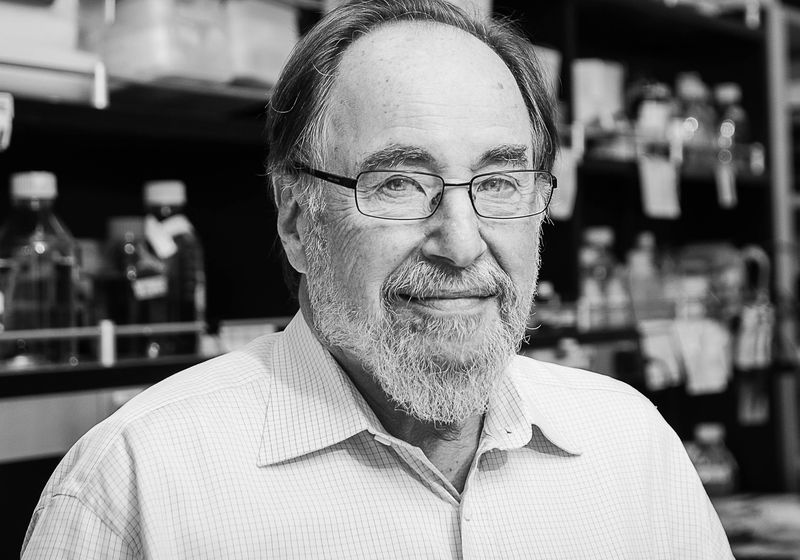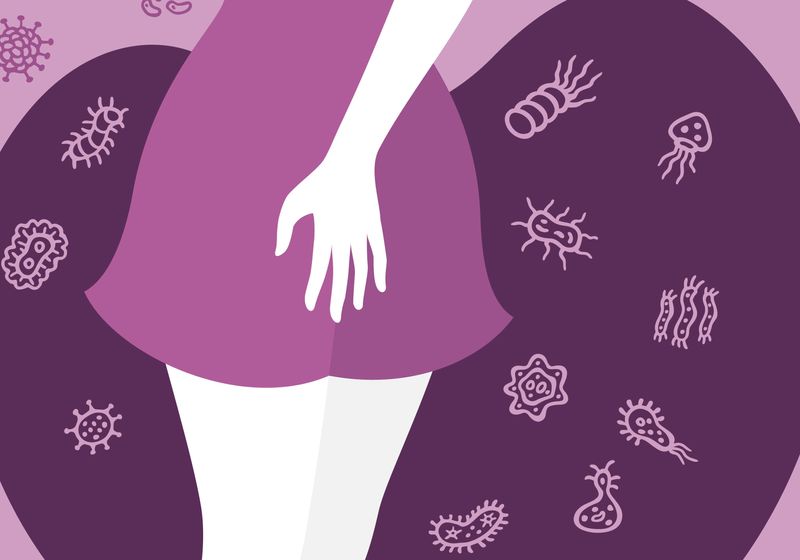Mirror Microbes Could End All Life on Earth. How Do We Stop Them?

In 1847 when Louis Pasteur first methodically separated left- and right-handed tartrate crystals from the cork of a wine bottle, the idea of creating life from oppositely handed molecules was almost 200 years away.1
Pasteur had discovered the property of chirality or handedness. Many molecules have a natural chirality: DNA molecules are right-handed, while proteins are left-handed. Some molecules, like tartrate, can exist in both left- and right-handed forms, and other molecules are achiral.
In recent years, synthetic biologists have developed ways to create molecules with the opposite chirality than they would form in nature—these are called mirror molecules. Researchers have made mirror DNA, mirror proteins, and even more complicated molecules like mirror DNA and RNA polymerases.
“In theory, it should be possible to construct an entire mirror life form composed of molecules with the opposite configurations of normal life,” said David Relmana microbiologist and immunologist at Stanford University, during the American Society for Microbiology (ASM) Science and Society Lecture on Mirror Life at ASM Microbe 2025. In fact, researchers estimate that in the next ten to 30 years and with an investment of about half a billion dollars, scientists could create mirror microbes.
But that doesn’t mean that they should. “If mirror bacteria were widespread throughout the environment, there would be an ongoing risk of fatal infection, potentially leading to widespread extinctions and major changes to habitats and food chains. This would be a pandemic of unprecedented scale,” Relman said.
Last year, a multi-disciplinary consortium of scientists published a paper outlining the risks that creating mirror microbes would have for life on Earth.2 In the recent panel at ASM Microbe 2025, some of the scientists who authored that paper as well as a bioethicist expanded on those risks and discussed ways to stop the creation of mirror life before it’s too late.
The Temptation to Create Synthetic Mirror Life
In 2018, the National Science Foundation gathered synthetic biologists for a workshop to come up with new initiatives to move the field forward. One of those ideas was the creation of mirror cells.
“(Of the) 80, 90 synthetic cell people in the room, not one of us thought this was a bad idea. We all thought that this would be an extraordinary tour de force for our field, and in fact, funded several groups to start this process,” said John Glassa synthetic biologist at the J. Craig Venter Institute, in the panel session.
The technological advancements needed to create mirror cells would benefit the synthetic biology field in general by enabling scientists to create natural chirality synthetic cells, Glass said. “All of those I see as beneficial for humans,” he added.
A key benefit of mirror cells would be in producing mirror peptides or mirror small molecules for therapeutic uses. Because these molecules would have the opposite chirality of the natural tissues and systems with which they would interact, they wouldn’t be degraded or removed from the human body as easily as other drugs. Industry scientists could also place mirror bacteria in a bioreactor to generate large quantities of these mirror drug molecules.
However, as synthetic biologists would soon come to realize, the risks of mirror bacteria far outweigh their benefits.
Mirror Bacteria Threaten All Life on Earth
As synthetic biologists began discussing their goal of creating mirror bacteria with scientists in other fields, the enthusiasm surrounding the idea began to fade.
Deepa Agashea microbiologist who studies bacterial evolution at the National Centre for Biological Sciences, India, said to consider one of the simplest bacteria: photoautotrophs. These single-celled organisms only require light and carbon dioxide—an achiral molecule—to grow. Mirror photoautotrophs would be able to consume sunshine and carbon dioxide from the air with no problem.
“Achiral nutrients are a go for everybody, so they’ll have to be competing with native bacteria for these kinds of achiral compounds,” Agashe said.
Mirror heterotrophic bacteria, which would need to gather food from their environment, would have a more difficult time than mirror autotrophs in finding nutrients, but there are still many achiral molecules that they could consume to grow and survive such as citrate, glycerol, and fatty acids. Once mirror bacteria take hold in an environment, they will continue to use up nutrients and grow, potentially pushing native species out. They also won’t have any natural predators to get rid of them.
“Bacteria typically are controlled by bacteriophages or protists or other bacteria in the environment,” said Agashe. “The reversal of the chirality is a problem…because these guys are not going to be recognized by these predators and parasites that typically knock them down.”
Even if a protist, for example, did manage to engulf a mirror bacterium, it likely wouldn’t be able to use any of the mirror cell’s components because its natural enzymes wouldn’t be able to break down the chiral proteins into nutrients. If predators can’t consume mirror bacteria, there will be no selection pressure to get rid of them. In effect, mirror bacteria will be an invasive species. “There’s nothing that eats them, nothing that recognizes them, nothing that thinks this is worth spending some time chasing around,” said Agashe.
Biocontainment is also not feasible for mirror microbes. It is already difficult to contain and prevent natural microbial contaminants such as They exhibited chill and Salmonella from food. If scientists developed antibiotics that killed mirror microbes, resistance would evolve. The interaction between mirror microbes and multicellular organisms would also likely lead to deadly outcomes, Relman said.
“Pattern recognition receptors in animals, humans, and plants rely on binding that is sensitive to chirality,” he said. These innate immune system proteins activate a response against invading pathogens. The adaptive immune system would also have a hard time dealing with mirror microbes because their proteases that cleave natural chirality microbial proteins won’t work on mirror proteins. If mirror microbes slip by the immune system undetected, they could consume achiral molecules in the blood and multiply, leading to sepsis.
To predict how mirror microbes might affect humans, Relman and others looked into people born with specific immune defects such as a major histocompatibility complex class II deficiency or mutations in pattern recognition receptors. They have seen that even with the availability of antibiotics and other therapies, children with these conditions die in early childhood.
“In essence, we would all have a series of profound immune deficiencies with respect to this one particular life form,” said Relman. “You can think about the behavior and fate of a mirror bacterium as that of an opportunistic pathogen.”
How to Convince Scientists Not to Pursue Mirror Microbes Research
Scientists across the fields of microbiology, immunology, ecology, synthetic biology, and more agree: Creating mirror life is too big a risk to life on Earth, and researchers should not pursue it.
“How do you actually get something stopped?” asked Henry Greelya bioethicist at Stanford Law School. “The answer to that is there’s no guaranteed way for that to happen.”
But, in this present moment, there are some inherently helpful practical roadblocks standing in the way of mirror life. One is that creating mirror cells is too costly an endeavor to accomplish. Its creation also would not likely lead to a massively lucrative industry.
“If you have an expensive thing that doesn’t look like it has a huge commercial payout, I think you’re more likely to be able to slow or stop researching it,” Greely added.
Likely the most effective way to halt the creation of mirror life, Greely said, would be to develop a scientific consensus among experts across disciplines to not pursue this line of research. The December 2024 paper published in Science arguing against the creation of mirror life authored by a multi-disciplinary group of scientists, including all of the researchers who were originally funded to develop mirror life, is the first step in that direction.2 Since the publication of that paper, additional gatherings of scientists have spoken out against the creation of mirror life, including in a June meeting at the Pasteur Institute and the session at ASM Microbe 2025.
A past example where establishing a scientific consensus had a profound effect on scientific research was the Asilomar Conference on Recombinant DNA in 1975. At the conference, molecular biologists met to discuss the potential dangers of recombinant DNA and established a set of guidelines for how to conduct research using it.3
“(It) is held up as the great example of scientists taking responsibility for danger, saying, ‘This is a danger. We need to worry about it,’ leading to some safeguards,” said Greely.
An additional safeguard would also be for the major biological funding agencies around the world to prohibit funding research to create mirror microbes. Prestigious scientific journals could also set publication standards in which they refuse to publish any papers on the creation of mirror life.
While these strategies are a significant step in preventing mirror life, some wonder that if mirror life is such a huge threat to life on Earth, wouldn’t it be better if scientists just don’t talk about it so much? At this point, where researchers have dug into the intricacies of mirror life and what it would take to build a mirror cell, avoiding talking about mirror life is likely not a good way to prevent it, Relman said.
“The idea has been out there since Louis Pasteur, but in recent times, in the popular media, in science fiction, and increasingly in the scientific community itself,” he said. “We have time now before it becomes plausible for any modest number of people and set of resources to accomplish…If we’re ever going to try to get this slowed or shut down, now is the time to do it, rather than waiting until inevitably we stumble our way towards the 11th hour.”




